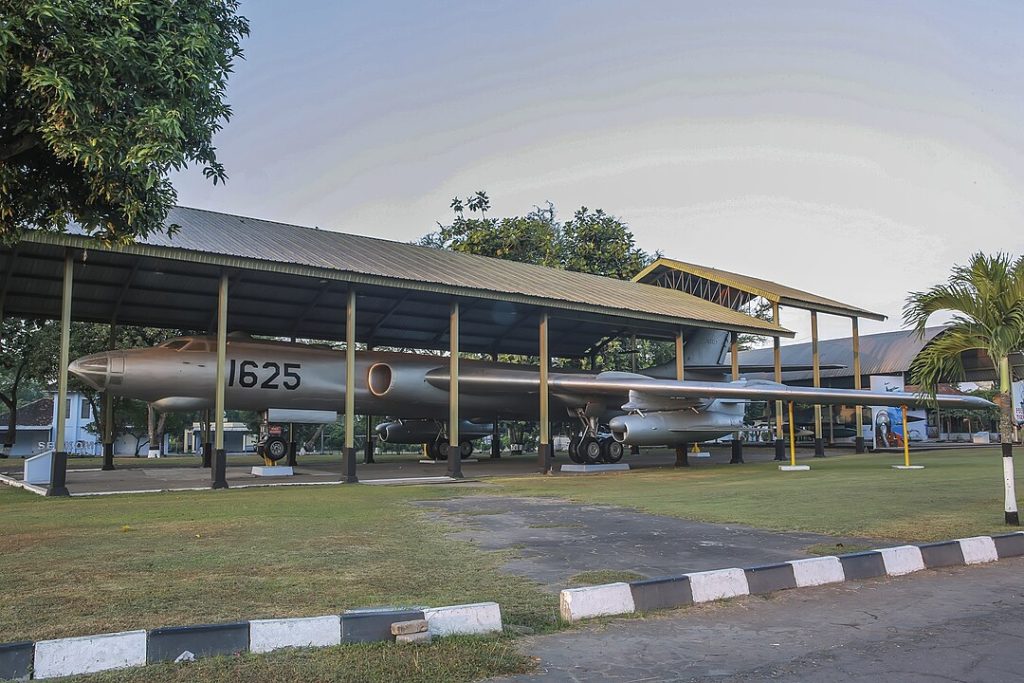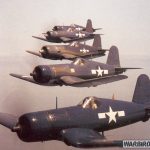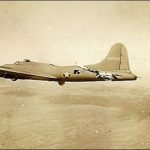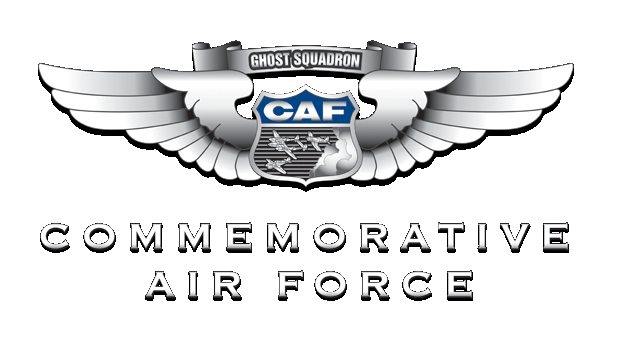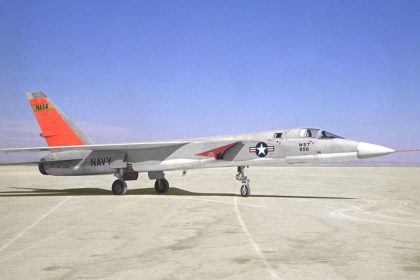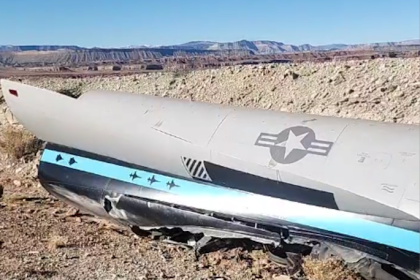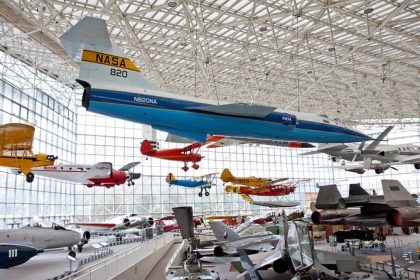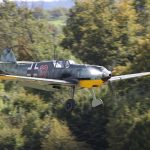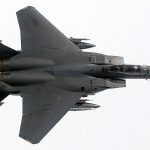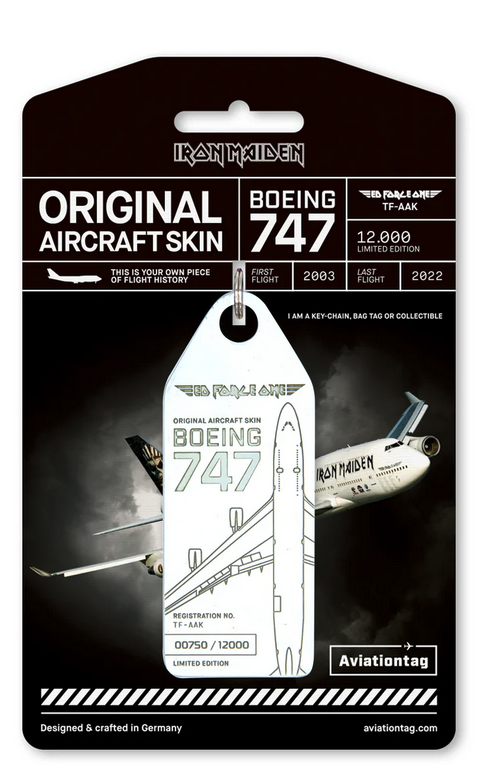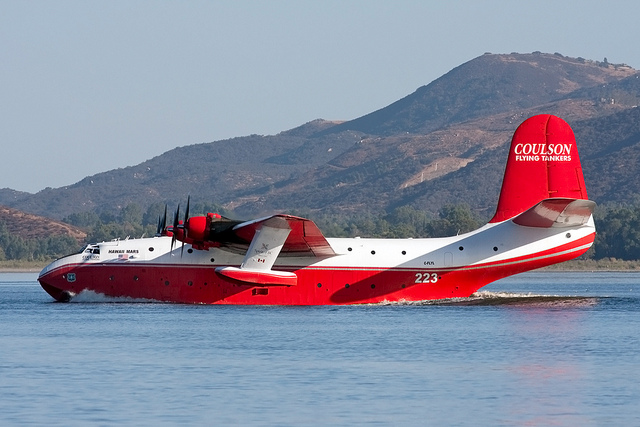On this day in aviation history, April 27, 1952, the Tupolev Tu-16 (NATO reporting name: Badger) took to the skies for the first time. Developed as a strategic heavy bomber, the Tu-16 became a cornerstone of Soviet air power during the height of the Cold War. At the time, the USSR was determined to match American advancements in aviation, as evidenced by its reverse engineering of the Boeing B-29 Superfortress into the Tupolev Tu-4 Bull. With the development of the powerful Mikulin AM-3 turbojet engine, the Soviet Union was finally poised to enter the jet age with a capable long-range bomber of its own.
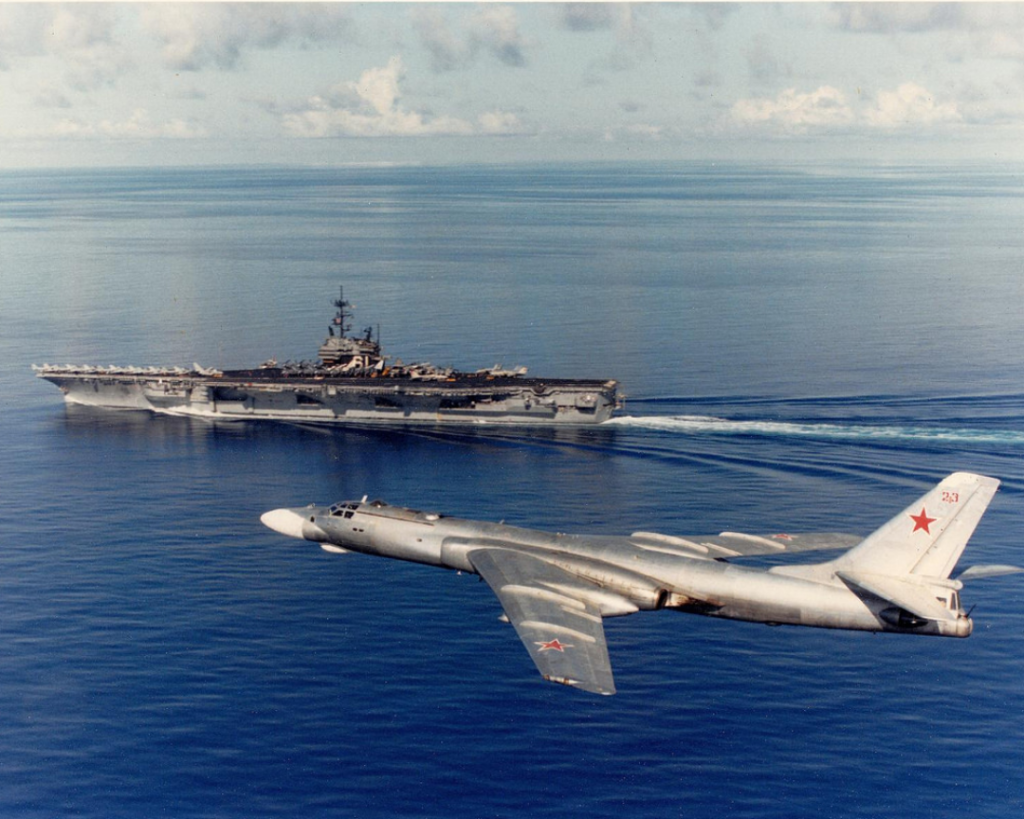
With its swept wings and sleek, low-profile design, the Badger had a distinctly menacing appearance—designed not just for performance, but for psychological impact. Powered by two Mikulin AM-3 M-500 turbojet engines, each producing 21,000 pounds of thrust, the Tu-16 could reach speeds of up to 650 mph, with a maximum range of 4,500 miles and a service ceiling of 42,000 feet. The aircraft typically carried a crew of six or seven, depending on the mission.

For defense, the Tu-16 was armed with six to seven 23mm Afanasev-Makarov AM-23 cannons mounted in dorsal, ventral, and tail turrets. Its offensive capabilities were equally impressive: the bomber featured underwing hardpoints and an internal bomb bay, capable of carrying a variety of payloads including Raduga KS-1 Komet, K-10S, or KSR-2 air-to-surface missiles. It could also be loaded with up to 20,000 pounds of conventional bombs.

A total of 1,509 Tu-16s were built by the Soviet Union, and an additional 231 were produced under license in China as the Xi’an H-6. While most Tu-16s were retired by the late 1990s and early 2000s, the H-6 remains in service today with the Chinese People’s Liberation Army Air Force and Navy. This longevity is a testament to the rugged design and enduring legacy of Cold War-era Soviet bombers—aircraft that, in various forms, continue to fly into the 21st century.
